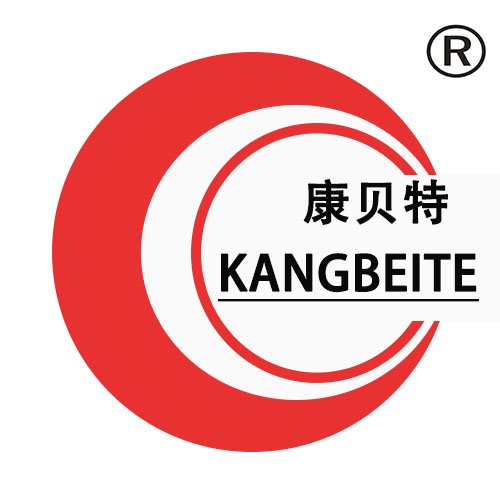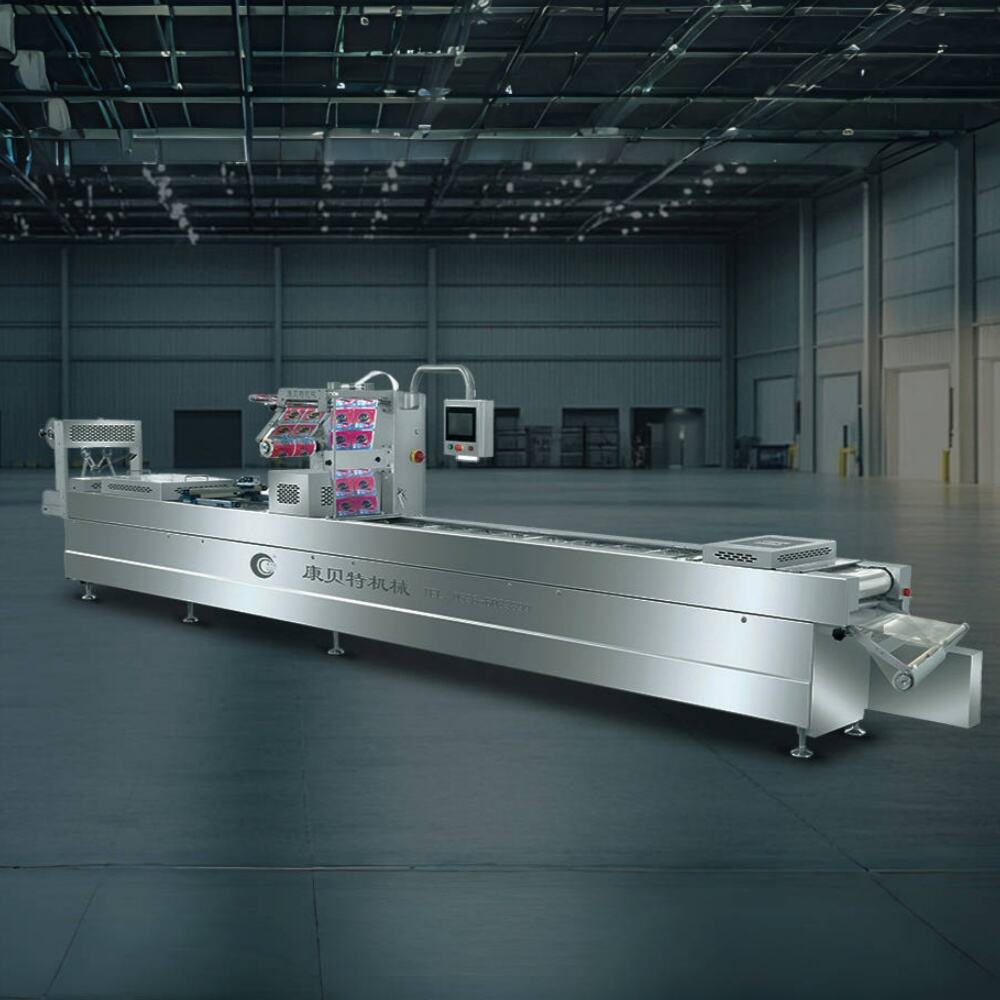Gaur egungo fabrikazio-eraginkorretan, lanak azkar eta zehazki egitea aurreko baino garrantzitsuagoa da. Horregatik dira pakete automatiko osoak aldaketa eragiten dutenak. Enpresak lineka lineka dastakizun pakete eskuzko geldoak ordezkatzen dituztenean, abiadura igotzen dute, lan-kostuak murrizten dituzte eta makinek lan astunak egiten dituzte. Artikulu honek azaltzen du zergatik balio du automatizazio-makinekin salto egiteak eta nola mantentzen duten guztiak arin eta aurrekontuan.
Zergatik aukeratzen dituzten enpresek pakete automatikoak
Fabrika askok langileak itemak paketzeko arduratu dira. Metodo honek ondo funtzionatu du eragiketa txikientzat, baina orain zailtasun bat da, eskaintzak metatzen direnean eta abiadura garrantzitsua denean. Bestalde, makina automatikoek, aldiz, ontzietan betetzea, itxiera eta etiketazioa egiten dute epelki, hamar langileren beharrik gabe. Lan errepikakorrak eta zuzenekoak kenduz, fabrikatzaileek prozesua azkar dezakete eta akatsen aukera murriztu. Paketalariak txio txiki batek merkantzia hondatuta eta diru galdua esan nahi du; makinek ez dute kafetan pultsorik edo egun onik, beraz, kalitatea zorroztu eta helburuari begira mantentzen dute.
Pakete-makina automatiko osoen abantailak
Osagai automatiko osoa aukeratzeak fabrikatzaileek ezin duten gainbegiratu gabeko abantaila argitsuak eskaintzen ditu. Lehenengo onurarik handiena abiadura da. Sistemak 24 orduz egunero lanean ibiltzen dira atsedenerik gabe, kafearik gabe eta lanezko kezkarik gabe, hau da, produktuak linean zehar azkarrago mugitzen dira. Bigarren abantaila handia zehaztasuna da. Bakoitzak bere moduan betetzen, itxi eta etiketatzen dira, beraz, bezeroek produktu egonkorra jasotzen dute, segurtasun eta kalitate estandarrak betetzen dituena.
Aurrezkiak eta Lan Indarreko Bultzada
Abiadura eta zehaztasunaz harago, lerro automatiko osoa instalatzeko arrazoi konbentzaileena aurrezkiak dira. Hastean, prezioaren etiketa altua izan daiteke, baina ordainpeko soldataren, lan orduek gainditutakoaren eta akatsen murrizketak azkar metatzen dira. Gehigarriko prestakuntza gutxiagoa da, beraz, makina bere burua ordaintzen duen arte denbora gutxi behar da. Gainera, lan indarra rol balitsuagoetan mugitu daiteke, non makinek ezin duten lanak burutu, taldeak erabakiak hartzen aritzea ahalbidetuz, pentsamendu kritikoa, arazoak konpontzea eta berrikuntza eskatzen dituztenak.
Lanetan pakio-irtenbideetan
Gaur egungo pakio-lerro guztiz automatikoek bere erabilgarritasunean nabarmendu, produktu edo pakio-formatu ia guztietara erraz egokitzen direlako. Edonon edarien ontzietan betetzen ari zaren, zakur-jolasen poltsak hermetikoki itxi edo medikuntza-tubu txikiak sartzen, sistema horiek zereginari egokitu daitezke. Produktu batetik bestera aldatzeko gaitasunak beheradun denbora gehigarririk gabe, fabrikatzailek ondasun berriak, ondasun denboraldiak edo edizio mugatuak azkar sartu ahal izatea ahalbidetzen du. Baita baliobera da lerroa diseinu berrietara aldatzea segunduen buruan, beraz enpresak norabidea aldatu ahal izango du kontsumoko jo edo araudi aldaketa bat gau batean ematen denean.
Jarduera arloko joerak eta etorkizuneko perspektibak
Pakete espazioak kapitulu berri batean sartzen ari da, automatizazioaren bidez pentsatzen eta konektatzen duena. Paketako egonkietan muntatutako sensoreak eta kamerak produktuaren neurriak, betetze-mailak eta hermetikotasunaren kalitatea sistema erdialdiko batera bidaltzen ditu. Han, AI-k zenbakien fluxua aztertzen du eta egokitutako doikuntzak proposatzen ditu errealean. IoT sareekin konbinatuta, kudeatzaileek edozein gailutik makinaren errendimendua ikus dezakete, horrela mantenua behar bezain laster programatuz eta materialak behar den neurrian berreroiketaz ardur izanik. Gaur egungo ikuspegi hauek hartzeak kostuak murrizten ditu eta ia edozein merkataritza-egokitzapenaren gainetik doan erreakzio azkarra ahalbidetzen du.
Laburbilduz, pakete guztiz automatikoetara aldatzea ekoizpenaren arloan aurrerapauso garrantzitsua da. Fabrikak eskuzko paketatik automatizazio osoera aldatzen direnean, azkarrago lan egiten dute, dirua aurreztu eta produktu kalitate hobea eskaintzen dute. Industria aldatzen jarraitzen duelarik, mota horretako egokitzapenak gainbegiratzea garrantzitsua da lehiarekin arrazoi ondarekin arrakasta izateko edozein enpresarentzat.

